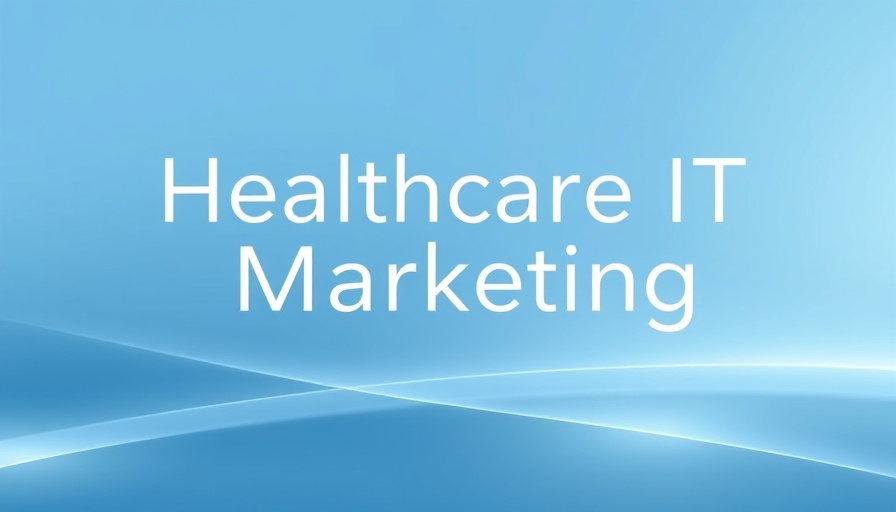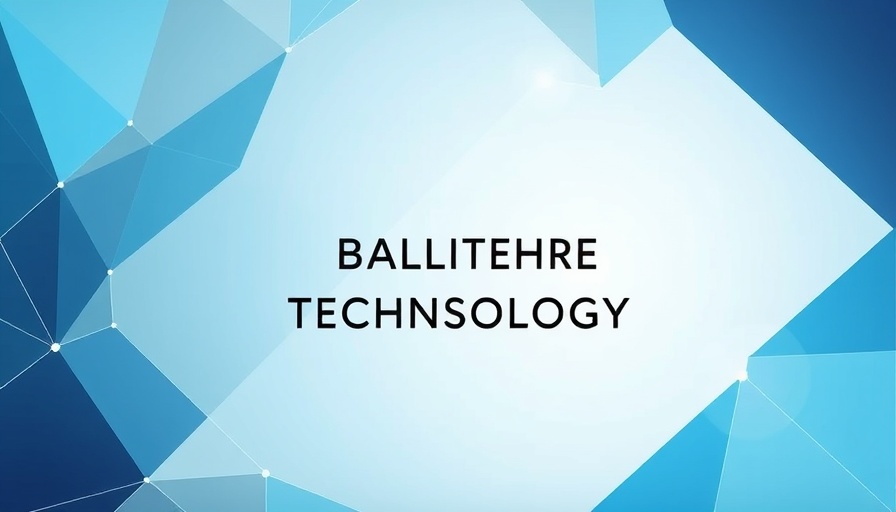
Understanding the Surge in Global FHIR Adoption
The global landscape of healthcare data exchange is experiencing a fascinating transformation, largely driven by the implementation of Fast Healthcare Interoperability Resources (FHIR). Recent findings from the 2025 State of FHIR survey reveal that over 70% of participating countries are actively utilizing FHIR for various national use cases. This trend illustrates a growing recognition of FHIR's potential to streamline healthcare practices and create more unified systems. For concierge health practitioners, this presents both challenges and opportunities in adapting to these shifts in technology.
The Challenges of Implementation and Patient Data Exchange
Despite the enthusiasm surrounding FHIR, the survey underscores significant hurdles in its application. As it stands, while 79% of countries have national FHIR implementation guides, only 20% report that these guides are widely utilized. This discrepancy suggests that the very frameworks designed to facilitate FHIR adoption are not yet serving their intended purpose effectively. In a practice where staying abreast of technological trends is essential, uncertainty around the practical application of FHIR can feel daunting. For concierge health practitioners, this means navigating a complex digital landscape to ensure their practices remain competitive and effective.
Why Governance and Education Matter for FHIR Success
One of the critical points raised in the findings is the lack of universal governance and robust funding mechanisms to support FHIR initiatives. Noteworthy progress in countries like Israel and India highlights how aligned regulation supports the adoption of FHIR as the backbone of national interoperability strategies. However, in regions where governance is weak, the benefits of FHIR might not be realized. The call for enhanced education on FHIR's functionalities is particularly relevant for health practitioners seeking to deepen their understanding and effectively integrate these tools into their practices. As complexities arise in implementation, continuing education can empower practitioners, allowing them to make informed decisions tailored to their unique patient care philosophies.
Patient-Centric Benefits of Embracing FHIR
The push for FHIR is not just a technical endeavor; it is fundamentally about better patient care. FHIR's design encourages seamless data sharing across different platforms and applications, ultimately reducing wait times and enhancing the patient experience. For concierge practices, this means being able to provide more personalized and timely care. As healthcare systems modernize, the ability to access comprehensive patient data can create a significant competitive advantage. Understanding how to leverage FHIR in practice will not only help secure a standing in the healthcare community but also build trust with patients who prioritize efficiency and transparency in their care.
The Future of Healthcare Data Exchange and Its Impact on Practices
As the demand for interoperability rises, health practitioners must prepare for a future where technology plays an increasingly significant role. Anticipating potential trends, such as the consolidation of FHIR versions and the rise of patient-centric models, can provide insights for strategic planning. Practices that invest in understanding FHIR will likely see operational efficiencies while fostering stronger relationships with patients. It is essential to remain proactive amidst these changes, adapting to new technologies that facilitate better care and enhance practice management.
Moreover, FHIR represents a shift toward more collaborative healthcare models, where data flows seamlessly between providers. As such, using FHIR can help concierge health practitioners not just remain relevant but thrive in an environment increasingly focused on integrated care strategies.
Moving Forward: Your Next Steps with FHIR
The momentum behind FHIR presents an exciting opportunity for concierge practices to innovate and optimize. By understanding the principles behind FHIR, engaging with its applications, and providing feedback to influence future governance, health professionals can become advocates for collaborative healthcare standards that benefit their practices and patients alike. Adopting a forward-thinking approach to FHIR implementation, focusing on continuous education and adaptation, is essential for navigating this evolving landscape successfully.
 Add Row
Add Row  Add
Add 




Write A Comment